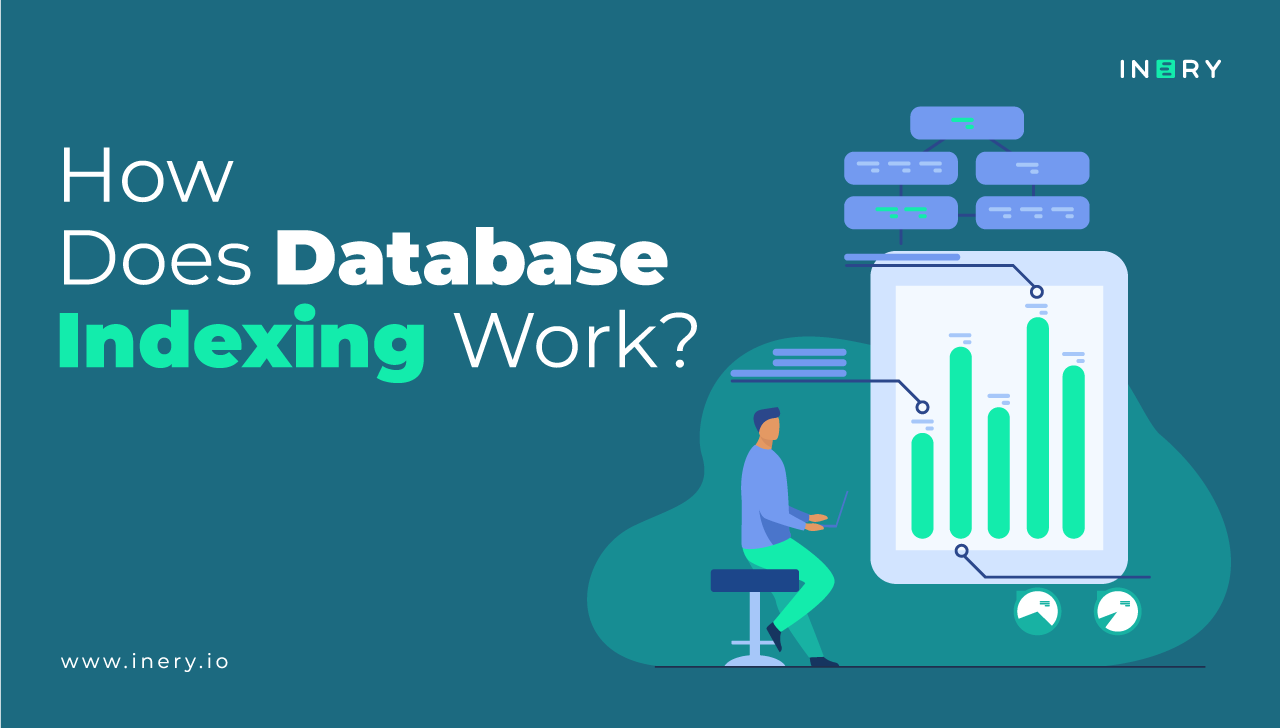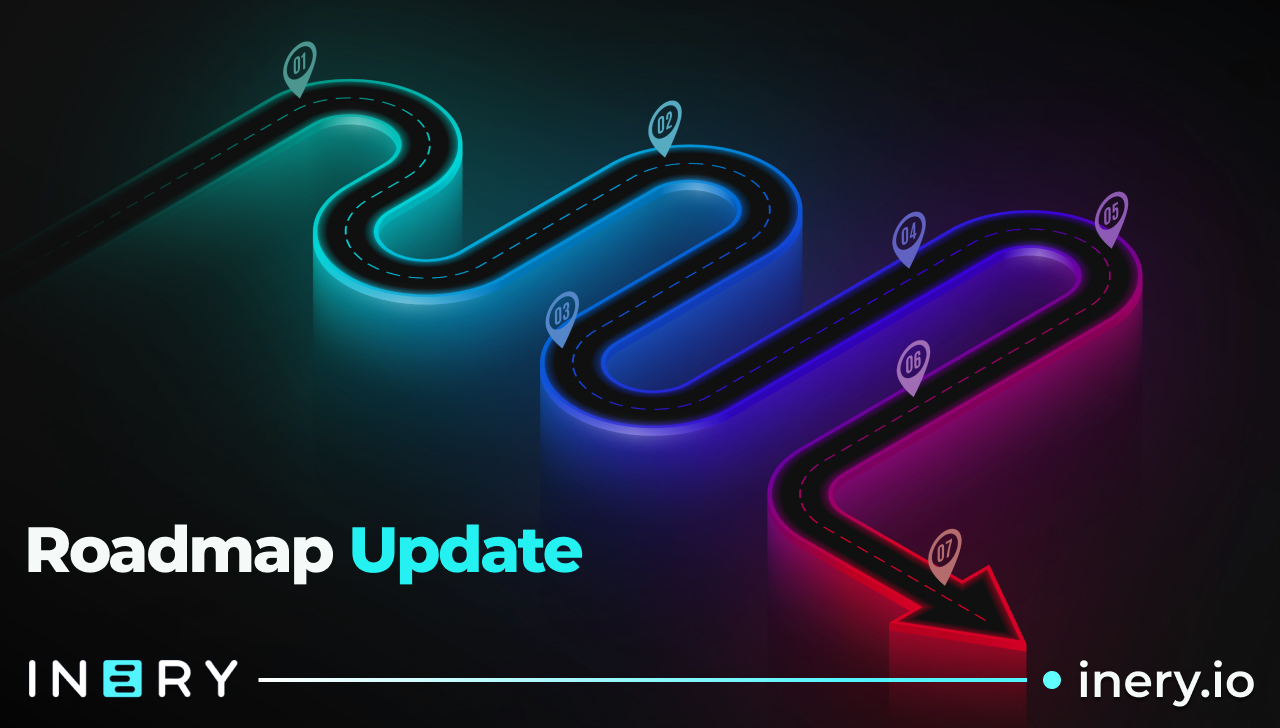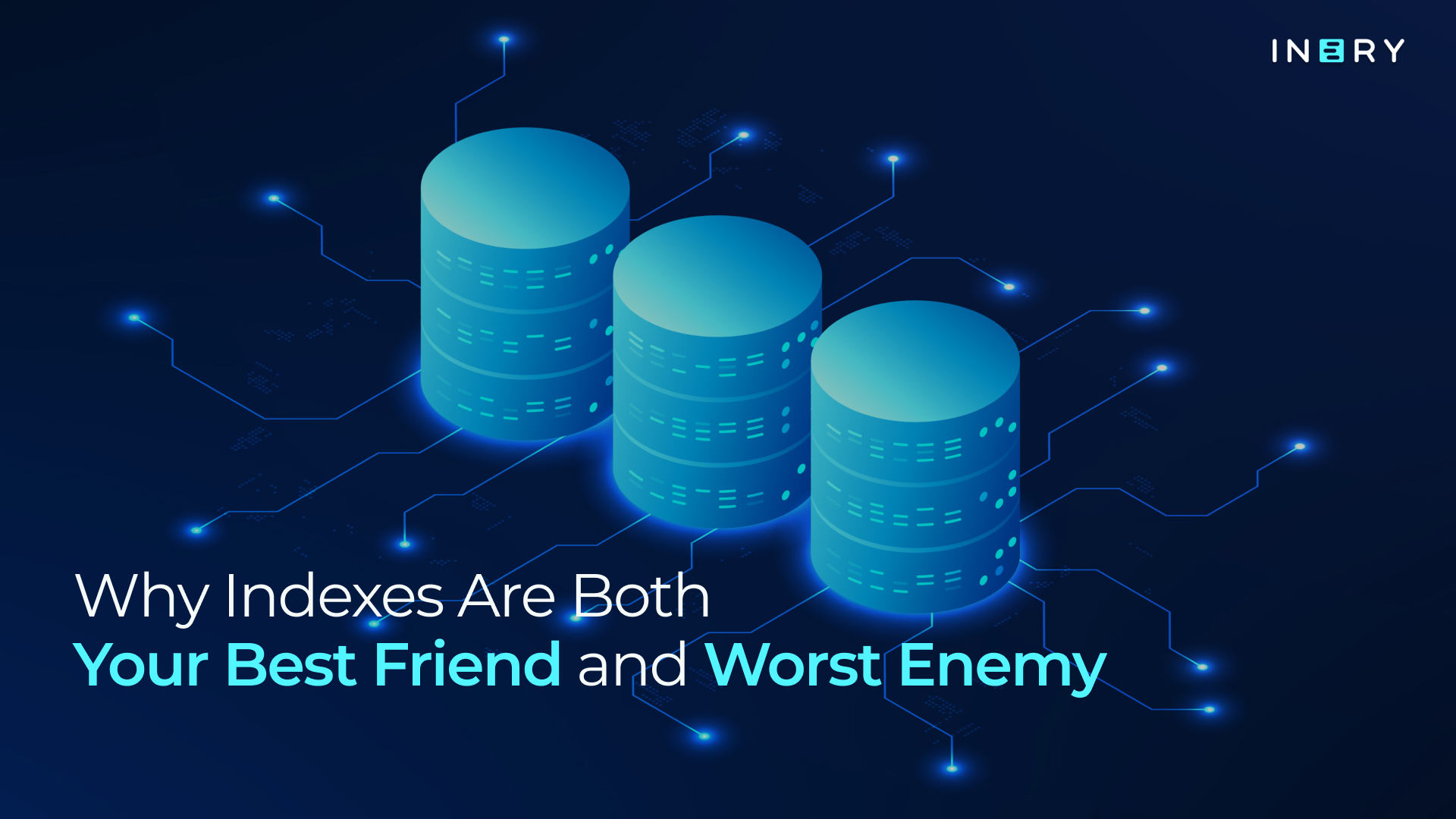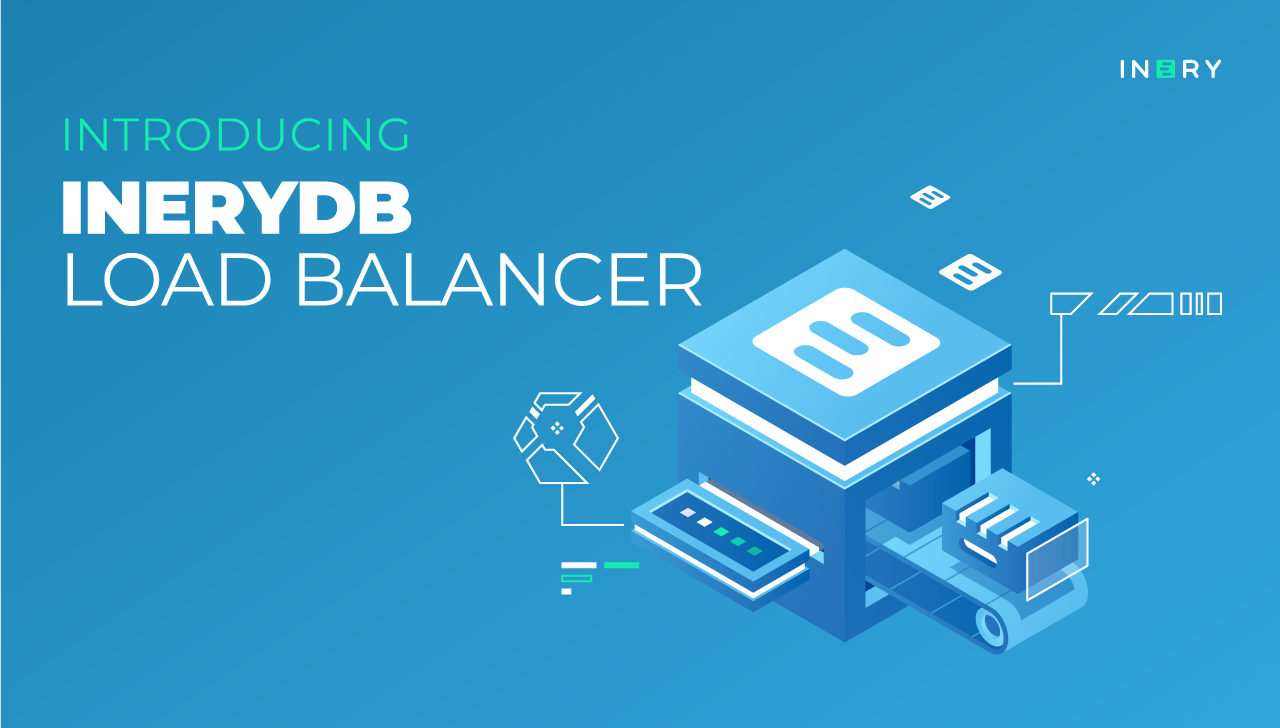If you’ve ever been stuck staring at a query that asks, “Does this server have a pulse?”, then you know database indexing can feel like magic. Or a menace. At first glance, an index seems like your ticket to faster queries and happier users. But mishandle it, and you end up with something that slows you down, eats your resources, and haunts your nightly jobs. Let’s dive into why indexing is simultaneously one of your best friends and worst enemies in the world of database management systems (DBMS).
What is database indexing?
Simply put, a database index is a data structure that helps speed up the retrieval of rows from a table. Think of it like an index in the back of a book: instead of flipping page after page to find a topic, you go straight to the entry and jump to the right location. In relational systems, you’ll often see B-tree indexes, hash indexes, or even more exotic structures. With NoSQL and modern hybrid databases, indexing still does the heavy lifting of lookup acceleration, even if the underlying structures differ.
Indexing strategy touches many parts of a system: you choose the columns to index, decide on uniqueness, consider composite indexes, and weigh the cost of maintaining indexes on write operations.
In short: indexing is the mechanism that turns slow full-table scans into nimble lookups. With well-designed indexes, you’ll see query response times drop from seconds to milliseconds.
Why Indexing Is Your Best Friend
Indexing is one of those deceptively simple database features that, when implemented correctly, can transform everything. Proper indexes speed up queries by allowing the database to locate and retrieve data efficiently, particularly for filtering or joining on indexed fields. This doesn’t just mean faster reads – it translates to better overall performance, fewer spikes in query execution times, and a smoother user experience.
With indexing, execution becomes predictable; what once caused random latency under certain loads now behaves consistently. As your dataset grows, that predictability scales. The right indexing strategy can make the difference between a system that expands gracefully and one that buckles under pressure.
Indexes also serve analytics well. Reporting queries often need to scan large datasets while filtering by specific keys, and well-placed indexes turn those time-consuming scans into manageable operations. Beyond analytics, indexing also supports hybrid workloads. Whether you’re running transactional systems, analytical databases, or something in between, indexes remain essential for balancing read and write efficiency. When applied with understanding and purpose, indexing is not just helpful – it’s your database’s best friend.
When It Becomes Your Worst Enemy
But every friendship has its limits, and indexing is no exception. Every time a row is inserted, updated, or deleted in a table with indexes, those indexes must also be updated. This introduces overhead, especially when there are too many of them or when some serve no real purpose. Over-indexing can slow down writes, trigger lock contention, and create maintenance headaches that ripple through your system. On the flip side, choosing the wrong columns to index, such as those with low selectivity or frequent updates, can waste space and confuse the optimizer, sometimes resulting in inefficient or unused indexes.
Over time, tables evolve, and so do their indexes. Without proper maintenance, they fragment, degrading performance. If database statistics go stale, the optimizer might make poor decisions, ignoring otherwise helpful indexes. Too many indexes can also inflate storage and memory costs, competing with other workloads for limited resources. In resource-constrained systems, that competition can become a bottleneck.
Even behaviorally, indexes can be unpredictable. Subtle changes in query plans can lead to inconsistent performance across similar queries. That’s the paradox of indexing: it’s both a power tool and a potential liability. The leverage it provides can strengthen your system. Or strain it. A well-tuned index strategy, like a high-performance engine, demands respect and regular upkeep. Neglect it, and it can turn against you.
The way to keep that balance is by approaching indexing intentionally. Start by profiling queries to identify which ones need optimization. Focus on high-selectivity columns or those used frequently in filtering and joins. Limit the total number of indexes per table to what can be effectively maintained, and monitor how each one affects write operations.
Schedule regular index maintenance, rebuilding, reorganizing, and updating statistics, and prune unused indexes periodically. Finally, ensure your infrastructure can handle the memory and storage requirements indexing adds, and for distributed or hybrid systems, carefully consider replication and failover behavior. In short, treat indexing as a relationship that needs care.
If left unchecked, your best friend can easily become your worst enemy.
The friend-enemy paradox
Why does indexing embody both extremes? Because it’s a leverage point. Good leverage makes you much stronger; poor leverage breaks you. In database indexing, the cost model is invisible until something breaks. You don’t always feel the overhead until you do.
A useful analogy: A well-tuned high-performance engine (friend) that you treat like a go-kart engine (enemy) will eventually overheat, blow seals, and stop working. Indexing demands intention: you must pick the right kind, maintain it, watch it, and measure it.
Best practices for indexing strategy
Here are some high-impact guidelines to turn indexes into friends, not foes:
Start by profiling your queries. Identify the slow ones and examine the execution plans.
Index only high-selectivity columns or ones commonly used in WHERE, JOIN, or ORDER BY clauses.
Limit the number of indexes per table to what you can maintain, avoiding “index bloat”.
Schedule routine index maintenance: rebuild or reorganize indexes, update statistics.
Monitor impact on writes. Excessive indexing or heavy updates might degrade insert/modify operations.
Periodically review index usage (unused indexes are dead weight).
Make sure your infrastructure supports index memory and storage needs.
For distributed or hybrid systems, consider global vs. local indexes, replication costs, and failover behaviors.
How indexing works in IneryDB and why it matters
At Inery we recognise that indexing isn’t just a DBA issue. It’s architect-level. In our system, indexes are part of a multi-model database management approach, supporting both SQL and NoSQL patterns. Rows may live in indexed containers; queries leverage optimized paths across nodes. The indexing strategy needs to align with distributed data, sharding, and replication.
Here’s how we address the friend-enemy dynamic in our design:
Optimised access structures - IneryDB uses shards and multi-index containers so that lookup paths remain efficient even in a geo-distributed network.
Governed maintenance - The system monitors index usage and health across nodes, enabling proactive rebuilding or reorganisation when needed.
Minimal writes impact - With our architecture, index updates incur lower overhead compared to classic centralized systems built for heavy write loads.
Visibility and transparency - Index health, usage metrics, and execution paths are instrumented so you can see where indexing helps or hurts.
Scalable by design - As you add more nodes or expand your dataset, the index structures adapt, helping ensure you retain fast access without degradation.
Because indexing sits at the core of query performance, getting it right in a distributed system like IneryDB is a must. Good design means queries complete in milliseconds, write loads stay manageable, and storage/memory usage remains efficient across a cluster.
Conclusion
Indexing may not be glamorous, but it’s one of the most powerful tools in a database engineer’s toolkit. It promises speed, scalability, and reliability. But only if it’s wielded with care. Ignore the maintenance burden, treat it as an afterthought, or overload your system with useless indexes, and you’ll pay the price.
Internally, at Inery, we build for realities that go beyond a single server: distributed nodes, sharded data, hybrid workloads, and replication. Our indexing strategy reflects that complexity without sacrificing simplicity for end-users. So today, ask not just “What indexes do I need?” but “How will they behave when the system scales, writes surge, and distribution kicks in?” Because when indexing is aligned with architecture and governance, your database’s best friend stays a friend.. And never turns into your worst enemy.

Inery•
2 years ago
How Does Database Indexing Work?
Learn to set up a database index and optimize your queries. Click here to read our go-to guide to indexing databases. ...READ MORE

Share

Inery•
2 years ago
How to Prevent SQL Injection Attacks
Fending off SQL injection attacks may feel like fighting smoke, but it can be done. Learn how to prevent SQL injection attacks here. ...READ MORE
-1694034161.png)
Share

Inery•
8 months ago
Inery Roadmap 2025: What We’ve Building Together
Discover what’s next for Inery in 2025. From smarter data tools to seamless integrations, here’s how we’re building a better way to manage data, together with the community. ...READ MORE

Share

Inery•
3 years ago
Inery & Land and Real-Estate Authorities – A Common Ground
Diving deep into Inery's core strengths to offer opportunities and combat issues in the Land and Real-Estate department ...READ MORE

Share
Most popular today



